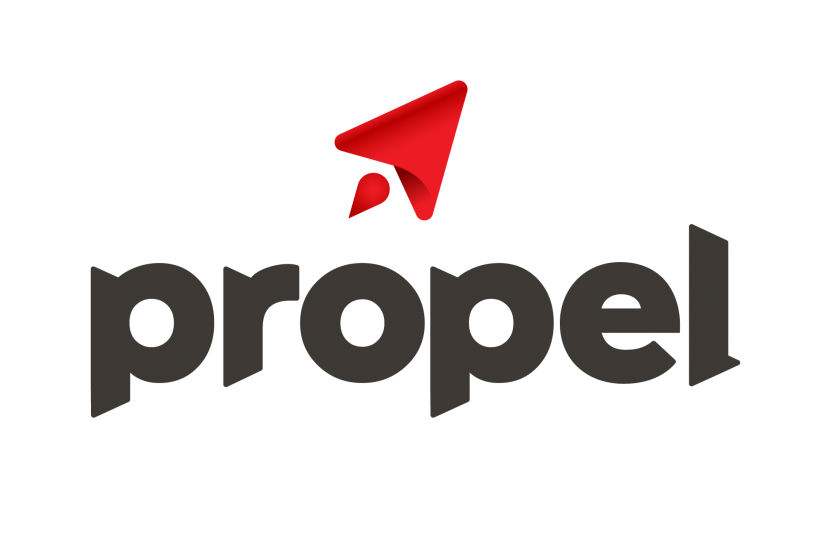If there is a theme developing in the pitches we’ve seen this week in Halifax, it is that East Coast startups are finding their paths to an initial market.
In the Propel Demo Day on Tuesday and the first day of the Atlantic Venture Forum on Wednesday, we’re seeing pitches that highlight sales or lay out (for the most part) credible plans on getting to market.
At its heart, the AVF is a meeting place for Atlantic Canadian entrepreneurs and investors from outside the region. And the underlying message in many of the meetings is that the founders have identified their first markets and know how to get to them.
“We’re looking at getting these products to market – one this year – and we want to move our research forward,” said Mary Lynch, the President of Halifax’s Panag Parma, which is developing cures for chronic pain.
Panag is developing three products, including some using compounds from marijuana, to cure pain. It received Health Canada approval for its first product the week and hope to launch it this year. Panag is in talk with a partner to handle distribution to retailers.
Several of the pitches by early stage companies on Wednesday stressed the work the companies have done to make inroads in their initial markets. Martin Greenwood, CEO of PhotoDynamic of Halifax, said his company will first tap the Canadian orthodontic community for its product, which kills plaque. This is a $60 million market for the company.
Propel To Create New Grow Program
Alastair Jarvis, the CEO of WoodsCamp of Mahone Bay, N.S., said the first market for his company’s online market place for timber is private woodlot owners in Nova Scotia. Essentially the company has to create an identifiable market so it is building up a network of woodlot owners. He added the company has been inundated with contacts this week due to recent media coverage of the company.
Milan Vrekic of Halifax-based Zora said landlords are already subscribing to his software that helps in screening tenants, and the company already has $16,000 in monthly recurring revenue.
Some of the investors providing feedback on the pitches criticized the founders for dwelling too much on the initial market and not giving a broad enough picture of the total addressable market that can be tackled.
Most of the entrepreneurs responded by describing large markets, but emphasized that they are now focused on attacking that first beachhead.
The material that the presenting companies have submitted to the AVF organizers shows how the founders expect these early sales campaigns to go. All but one of the early-stage companies had no income last year. However, five of the seven are expecting traction this year totaling $1.3 million in revenue.
The seven growth-stage companies that will present today demonstrate how startup revenues can grow once sales begin. Only one of these companies had six figures of sales in 2014, but in 2015 all but one had sales, and for the group they totaled $830,000. Collectively, they expect revenues to increase almost fourfold in 2016 to $3.1 million.









